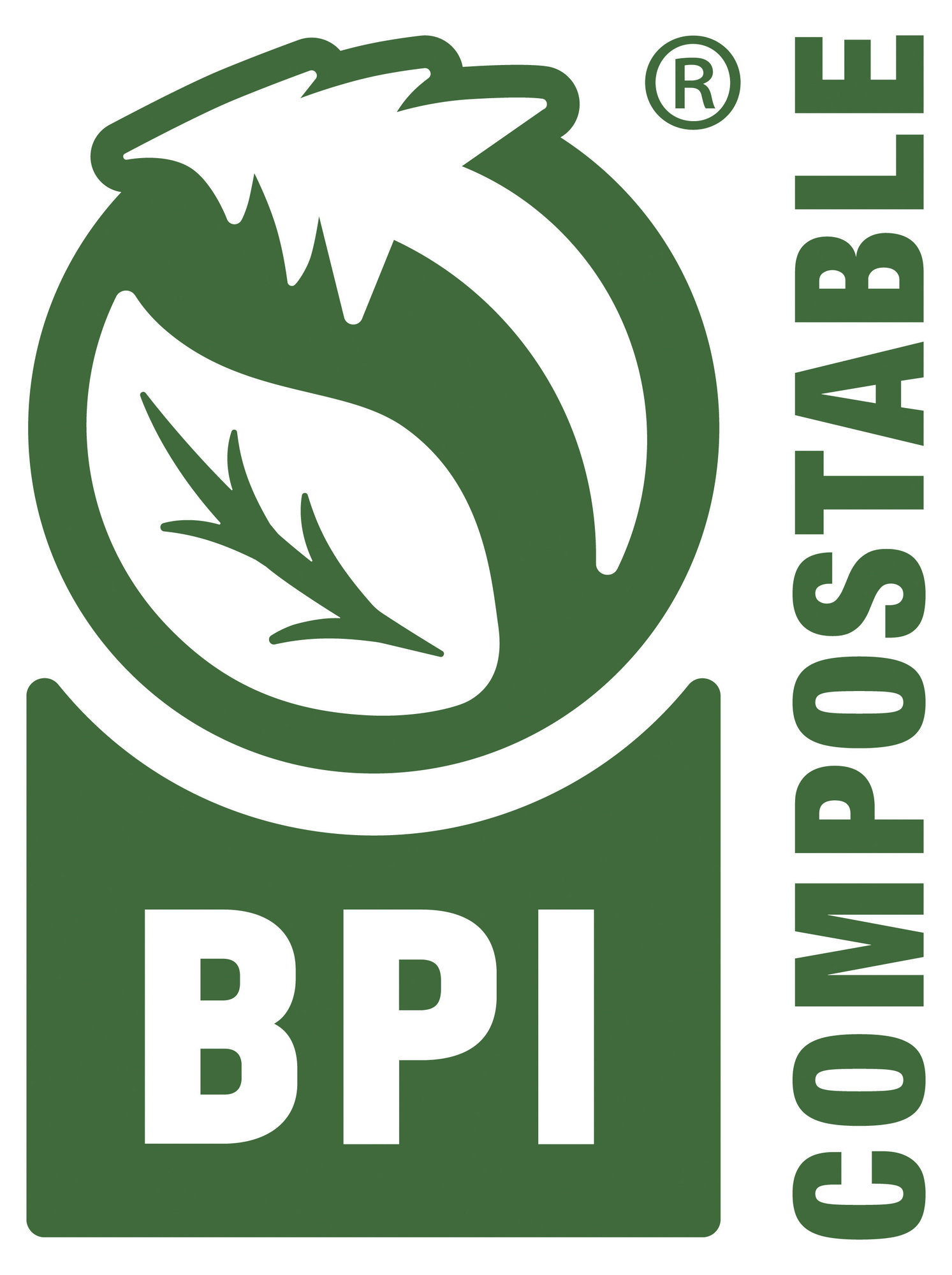Why Use Compostable Food Packaging?

With the foodservice industry continuously expanding, so is the need for sustainable packaging. The key to maintaining sustainable practices is taking tiny steps to make big changes, like implementing compostable food packaging in restaurants. This post will outline why compostable plastic packaging are necessary and how they compare with traditional plastics.
Compostable food packaging is on the rise, but not everyone is familiar with what the means or how it might affect them:
- What is compostable food packaging?
- How does it differ from traditional plastic and those other kinds of compostable products?
- How can you tell if a product is made with compostable packaging and why should you use it?
Let's break this all down.
One way to make serving food easy and hygienic is to use disposable food packaging. The issue with is after use, it turns into waste and creates a real challenge of reducing the environmental impact of this “convenience". Three billion disposable cups of coffee are drunk in Australia every year and shockingly the majority of these aren’t recycled – they’re piling up in landfills and escaping into our rivers.
Why use Compostable disposables?
Compostable packaging can be disposed of together with food waste, so there's no need to sort it out. When paper and plastic food packaging gets in contact with the food on a plate, it becomes dirty and cannot be recycled.
One of the benefits of compostable food packaging is that it can be processed with food waste and used as compost afterwards. However, don't be fooled. "Compostable" packaging isn't all treated the same way.
There are different types of compostable products and they require different composting processes: Home compostable which means it is suitable for home composting and worm farms, while others require a special set of conditions available only at industrial composting facilities.
A bioplastic compostable straw (made of PLA) will decompose in landfill, but only under certain conditions. The straw needs to reach a high temperature (around 55 to 60 Celsius degrees), be exposed to sunlight, oxygen and high humidity. If it does, the bioplastic straw will become a nutrient rich compost.
However, these conditions are met only in specific commercial/industrial composting facilities.
To end up in these facilities, these compostable products should go in the organic green bin, along with food and garden waste.
The commercially compostable certification is also the only way for commercial/industrial composting facilities to accept these products in their facilities for full biodegradability.


According to the Australian Bioplastics Association, “the Australian Standard for Industrial Composting AS4736 and for Australian Standard Home Composting to AS5810- are required to disintegrate after 12 weeks and completely biodegrade after six months. That means that 90 percent or more of the plastic material will have been converted to CO2. The remaining share is converted into water and biomass, which no longer contains any plastic. AS4736 and AS5810 also include tests on eco-toxicity and heavy metal contents to ensure that no harmful substances are left behind.”
If you want to use and dispose of compostable packaging safely, you need to be able to:
- An organic green waste collection that accepts compostable packaging—some States/Councils only accept garden waste.
- An organic green waste collection
- A composting facility available in your area. You can find out whether a composting facility is available near you here.
If you want to know if your state has banned commercialy compostable (aka bioplastic items) click here for the full state by state breakdown.



